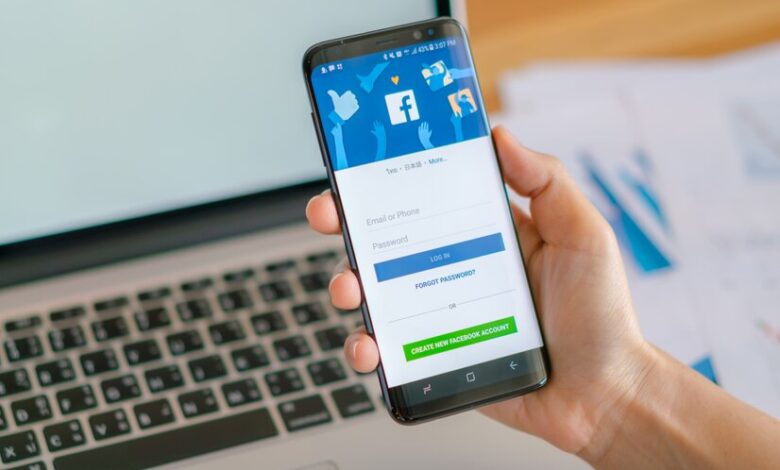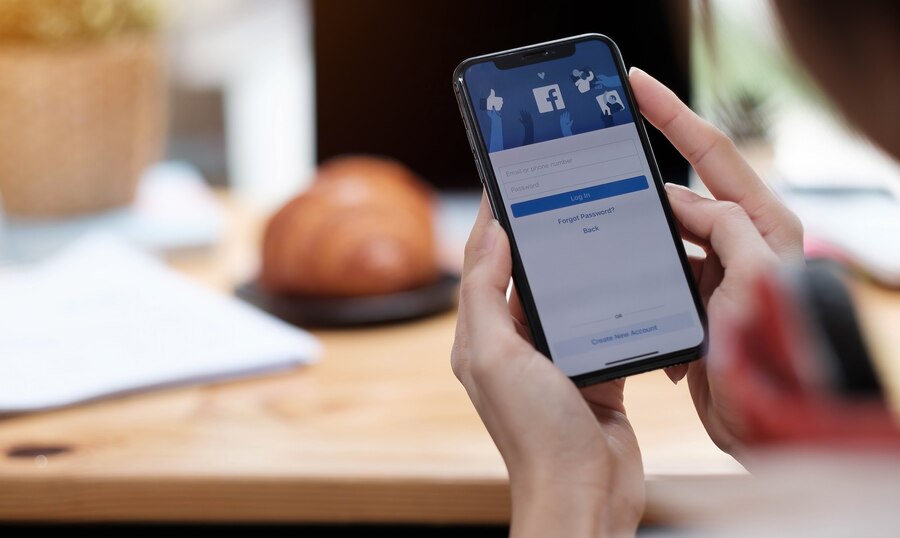Understanding FBLogin: A Guide to Facebook Login Integration

In today’s digital landscape, the ability to log into websites and apps with minimal hassle has become a crucial part of the user experience. One of the most widely used methods for logging into various platforms is FBLogin—a tool that allows users to log in to apps and websites with their Facebook credentials. Whether you’re developing a new website, launching a mobile app, or enhancing your existing platform, integrating FBLogin can significantly improve user convenience and accessibility. This article will explore FBLogin, its benefits, implementation, and why it’s a smart choice for both developers and users.
What is FBLogin?
FBLogin refers to the feature provided by Facebook that allows users to log into third-party websites or apps using their Facebook account credentials. By using FBLogin, users can bypass the need to create new usernames and passwords for every app or website they interact with. Instead, they can simply authenticate themselves through their Facebook account, saving both time and effort.
The main purpose of FBLogin is to simplify the authentication process for users while allowing developers to gather basic user information in a secure manner. When integrated properly, FBLogin offers a smooth user experience, enabling quick sign-ups, logins, and personalization across platforms.
How Does FBLogin Work?
FBLogin works by linking a third-party platform (such as an app or website) with a Facebook account. Here’s how the process typically unfolds:
- User Clicks on “Login with Facebook”: When a user visits a website or opens an app that supports FBLogin, they are presented with the option to log in using their Facebook account. This is usually indicated by a prominent “Login with Facebook” button.
- Facebook Authentication: After the user clicks on the button, they are redirected to Facebook’s login page (if they aren’t already logged in). The platform asks for permission to share specific information with the third-party website or app, such as their name, email address, and profile picture.
- Consent and Authentication: The user can choose whether to grant the requested permissions. If the user agrees, FBLogin allows the third-party app to access the granted information securely. The user is then logged in automatically without needing to manually enter their details.
- Seamless Experience: Once authenticated, the third-party platform logs the user in, and they can begin using the app or website. FBLogin ensures that this process is both seamless and secure, minimizing friction for the user while enabling the app or website to personalize the user experience.
Benefits of Using FBLogin
Integrating FBLogin into your website or app offers several advantages, both for developers and users. Here are some of the key benefits:
- Improved User Experience: One of the biggest advantages of FBLogin is that it offers a faster and more convenient login process. Instead of having to remember yet another password, users can authenticate using their Facebook credentials, which they are likely to already have saved. This reduces the friction that often comes with creating new accounts and passwords.
- Faster Onboarding: For businesses and app developers, FBLogin accelerates the onboarding process. By removing the need for lengthy sign-up forms, users can start using the platform right away. This streamlined process can significantly reduce the bounce rate on registration pages and increase the number of users who actually complete the sign-up process.
- Access to Rich User Data: When users authenticate through Facebook, FBLogin grants developers access to a wealth of information (depending on user permissions). This might include basic details like name, email, profile picture, and gender, as well as more detailed data like location and friends list. This information can be used to personalize the user experience, making it more engaging and relevant.
- Increased Trust and Security: Users are often more likely to trust a login process that utilizes an established platform like Facebook, which has a robust security infrastructure in place. Facebook uses two-factor authentication and other security protocols to protect user data, making it a safer option than relying on custom-built authentication systems. This level of security helps mitigate the risk of data breaches and protects both users and developers.
- Cross-Platform Consistency: FBLogin makes it easy for users to maintain a consistent experience across various platforms. Since Facebook is used by billions worldwide, users can seamlessly log in to any app or website that supports FBLogin—whether on desktop or mobile devices. This consistency leads to greater user satisfaction and engagement.
How to Implement FBLogin
Integrating FBLogin into your website or app may seem daunting at first, but Facebook has provided comprehensive tools and documentation to make the process easier. Here is a step-by-step guide for developers to integrate FBLogin:
1. Set Up a Facebook Developer Account
To start using FBLogin, you need a Facebook Developer account. Here’s how you can set it up:
- Go to the Facebook Developers site.
- Sign in with your Facebook credentials.
- Click on the “Create App” button to set up a new app.
- Choose an app type (e.g., “For Everything Else” for general websites).
- Fill in the required details such as the app name, email, and purpose.
- Once created, you will be directed to the app’s dashboard.
2. Configure Facebook Login
After creating your app, you will need to configure the Facebook Login product:
- In the app dashboard, select Facebook Login from the left menu under the “Products” section.
- Choose the platform for which you want to integrate FBLogin (e.g., iOS, Android, Web).
- Follow the detailed configuration steps for your platform, which may involve adding your site’s URL, redirect URIs, and other necessary information.
3. Add the Facebook Login Button to Your App or Website
Once your app is set up, you can start adding the FBLogin button to your site or app:
- On a website, use the Facebook SDK for JavaScript to implement the login button. The code will look like this:
htmlCopy code<button onclick="loginWithFacebook()">Login with Facebook</button>
<script>
function loginWithFacebook() {
FB.login(function(response) {
if (response.authResponse) {
// Handle login success
console.log('Welcome! Fetching your information.... ' + response.authResponse);
} else {
console.log('User cancelled login or did not fully authorize.');
}
}, {scope: 'public_profile,email'});
}
</script>
- For mobile apps, you can use the Facebook SDK for iOS or Android, depending on your platform. Follow the instructions in Facebook’s developer documentation to implement the appropriate SDK.
4. Test the Login Flow
Before launching the feature, it’s essential to thoroughly test FBLogin to ensure everything works as expected. Try logging in with different Facebook accounts to check for issues and make sure that permissions are properly requested and granted.
5. Monitor User Data and Performance
Once FBLogin is live, you should monitor the performance of the feature. Facebook provides analytics tools that can help you track how many users are logging in through Facebook, the data they share, and any potential issues with the login process.
Privacy and Security Considerations with FBLogin
While FBLogin offers many benefits, it’s crucial to handle user data responsibly. Facebook provides clear guidelines on how to use data obtained through FBLogin, and it’s important to follow these guidelines to ensure user privacy and comply with data protection regulations like GDPR.
- User Consent: Always ensure that users explicitly consent to the data being shared with your platform.
- Data Storage: Store user data securely and only collect what’s necessary for your app’s functionality.
- Privacy Policy: Make sure your platform has a clear privacy policy outlining how user data is handled, and provide users with the ability to revoke permissions if they choose to.

Conclusion
Incorporating FBLogin into your website or mobile app can significantly enhance the user experience by providing a simple, secure, and efficient login process. For developers, it reduces the friction of account creation and offers rich user data that can be used for personalization. For users, it eliminates the need to remember multiple passwords, making it easier to access your platform.
By following the proper steps to implement FBLogin and considering user privacy and security, you can create a smooth and reliable authentication system that benefits both your business and your users. Whether you’re a small startup or an established brand, integrating FBLogin is an excellent way to enhance your platform and keep users engaged.

